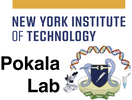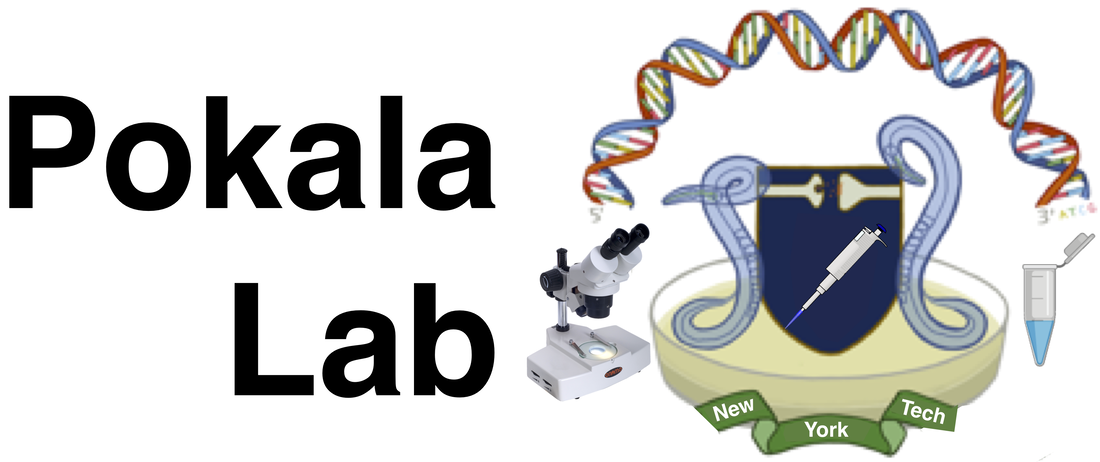Jmol is a molecular modeling program many of you will use in Biochemistry.
Install Java if you have not already
Download Jmol
Uncompress the zip file
Double-click on Jmol.jar in the uncompressed directory.
You may need to give your operating system permission to run Jmol.
MacBook: System Preferences --> Security and Privacy --> General
Windows: http://wiki.jmol.org/index.php/Support/Windows
Download and uncompress the COVID_Spike directory
File --> Console to get the command line console in Jmol.
Commands to be typed in the console window will be listed in Courier.
You may copy and paste
the commands (in Courier) from this document into the console window.
Open files by
going to File menu, finding the COVID_spike file
directory, then Open (File --> Open)
Right-Click
(PC) or Control-click (Mac) to get pop-up menu.
Go to Style in the pop-up.
Menu commands will
be listed in Helvetica. For example,
to display the selected atoms in ball-and-stick style:
Style --> Scheme --> Ball and Stick
In the image
window, figure out how to zoom in and out, and how to rotate the molecule. On
my computer (MacBook Pro), pressing down on the mouse pad with one finger and
moving it rotates the molecule. Sliding up and down with two fingers without
pressing down zooms the molecule in and out.
You should zoom
and rotate ALL the molecules you examine after each display change.
Spike and ACE2 receptor
complex
File --> Open spike_ACE2.pdb
ribbons
only
select
:S; color [0 0.5 1]
select
:R; color [1 0.5 0]
Select sidechains on the spike (S) within 6.0 Å of ACE2 (R) and
vice versa, and then re-center on the interface:
select
within (6.0, :R) and :S and sidechain or within (6.0,
:S) and not :S and sidechain
View
--> Define Center
Select atoms on ACE2 (R) within 6.0 Å of spike (S), and display as spacefill:
select within (6.0,
:S) and :R
Style
--> Scheme --> CPK Spacefill
Select sidechain on spike (S) within 6.0 Å of ACE2 (R) and display as ball and stick:
select within (6.0,
:R) and :S and sidechain
Style
--> Scheme --> Ball and Stick
List the spike atoms within 6Å of ACE2:
show
selected
What
spike protein
amino
acid sidechains (NOT
atoms) are at the interface with ACE2?
Spike and neutralizing
antibody complex
File --> Open spike_neutralizing_Ab.pdb
ribbons
only
select
:S; color [0 0.5 1]
select
:A; color [1 0.5 0]
Select sidechains on the spike (S) within 6.0 Å of the antibody
(A) and vice versa, and then re-center on the interface:
select
within (6.0, :A) and :S and sidechain or within (6.0,
:S) and not :S and sidechain
View
--> Define Center
Select atoms on the antibody (A) within 6.0 Å of spike (S), and display as spacefill:
select within (6.0, :S) and :A
Style
--> Scheme --> CPK Spacefill
Select sidechain on spike (S) within 6.0 Å of antibody (A) and display as ball and stick:
select within (6.0,
:A) and :S and sidechain
Style
--> Scheme --> Ball and Stick
List the spike atoms within 6Å of the antibody:
show
selected
What spike protein amino acid sidechains (NOT atoms) are at the interface with the antibody?
Based on the two interfaces
you have examined, what spike protein positions might the virus mutate to
retain binding to the ACE2 receptor, yet reduce binding to neutralizing
antibodies elicited by an earlier infection or vaccination with the original virus?
Questions on Canvas
Describe the SARS-CoV-2
genetic material.
How do
SARS-CoV-2 viruses enter host cells?
Why are
antibodies useful for defending animals from pathogens?
How are
virus-producing infected cells dealt with?
Why is the
immune response to a 2nd encounter with pathogen so much faster than the
initial encounter?
What are
traditional vaccines composed of?
What is novel
about the Pfizer/BioNTech, Moderna,
Johnson & Johnson, and Oxford/AstraZeneca vaccines compared to traditional
vaccines?
Why might
antibodies elicited against one version of a pathogen be less effective against
other variants?
What spike protein amino acid sidechains are
at the interface with ACE2?
What spike
protein amino acid sidechains are at the interface with the antibody?
Based on the two
interfaces you have examined, what spike protein positions might the virus
mutate to retain binding to the ACE2 receptor, yet reduce binding to
neutralizing antibodies elicited by an earlier infection or vaccination with
the original virus?
Why does the
wild-type spike protein adopt multiple conformations?
Why might
mutations that lock spike protein to the pre-fusion conformation be more likely
to elicit antibodies that block infection?
Can the
engineered viruses in the Johnson & Johnson and AstraZeneca vaccines cause
infections?
If you are unable to install Jmol, you may view this video to answer the questions.


